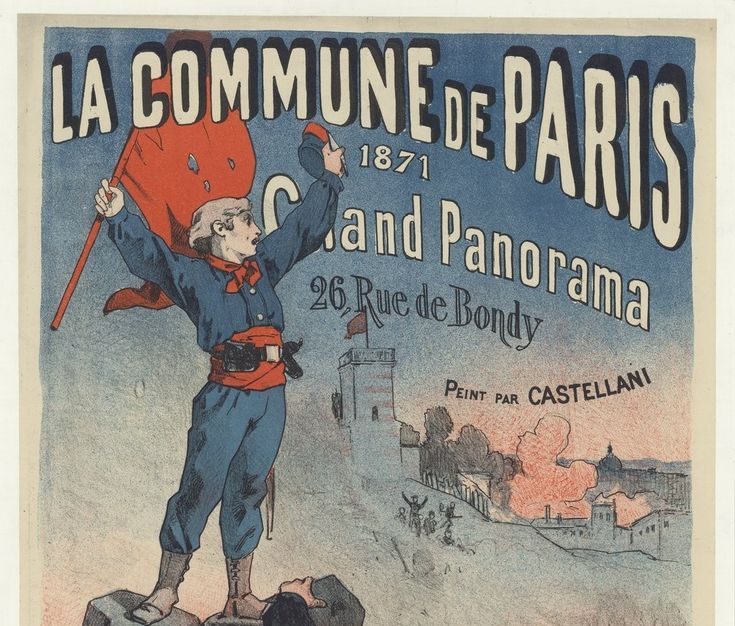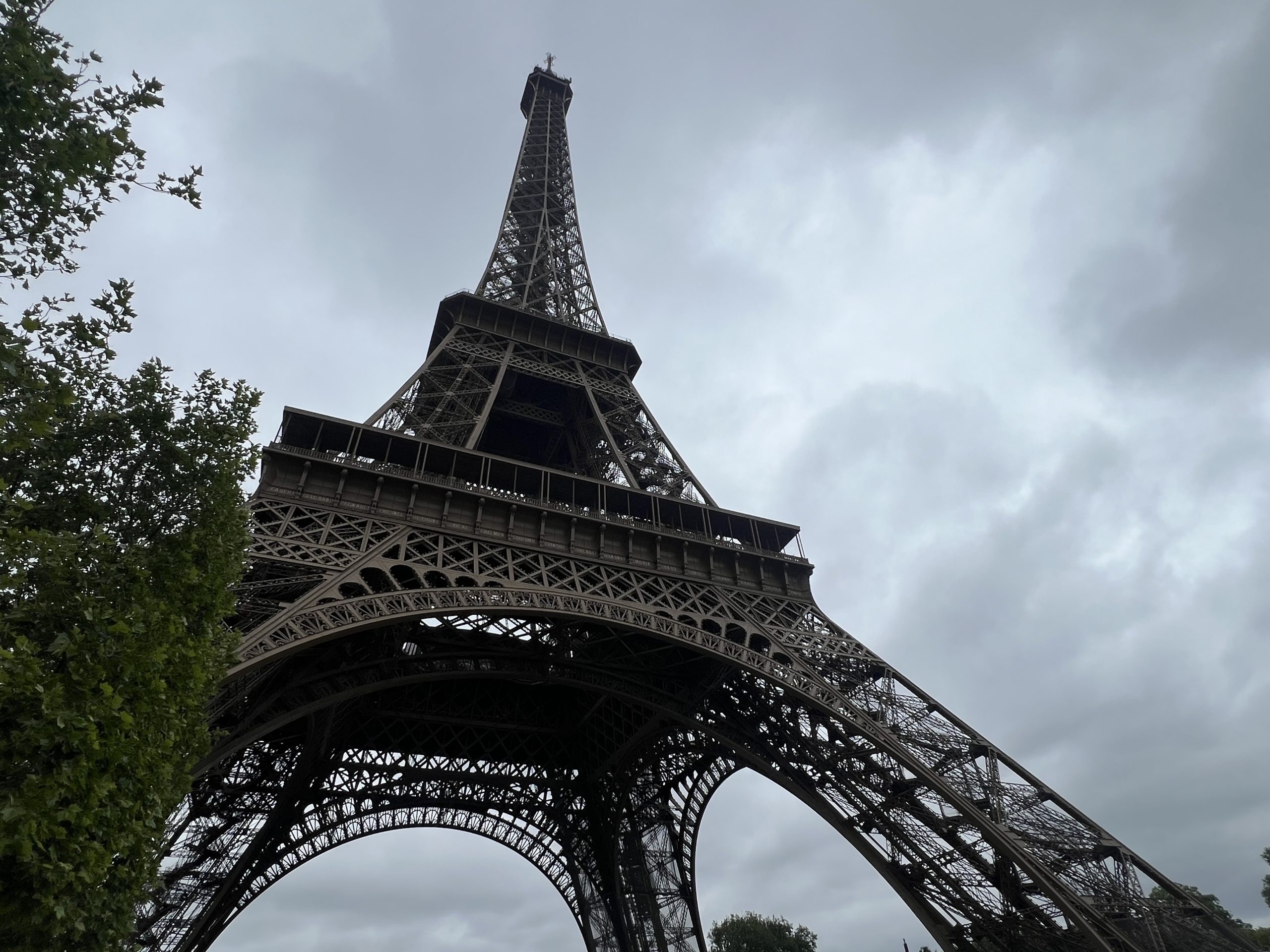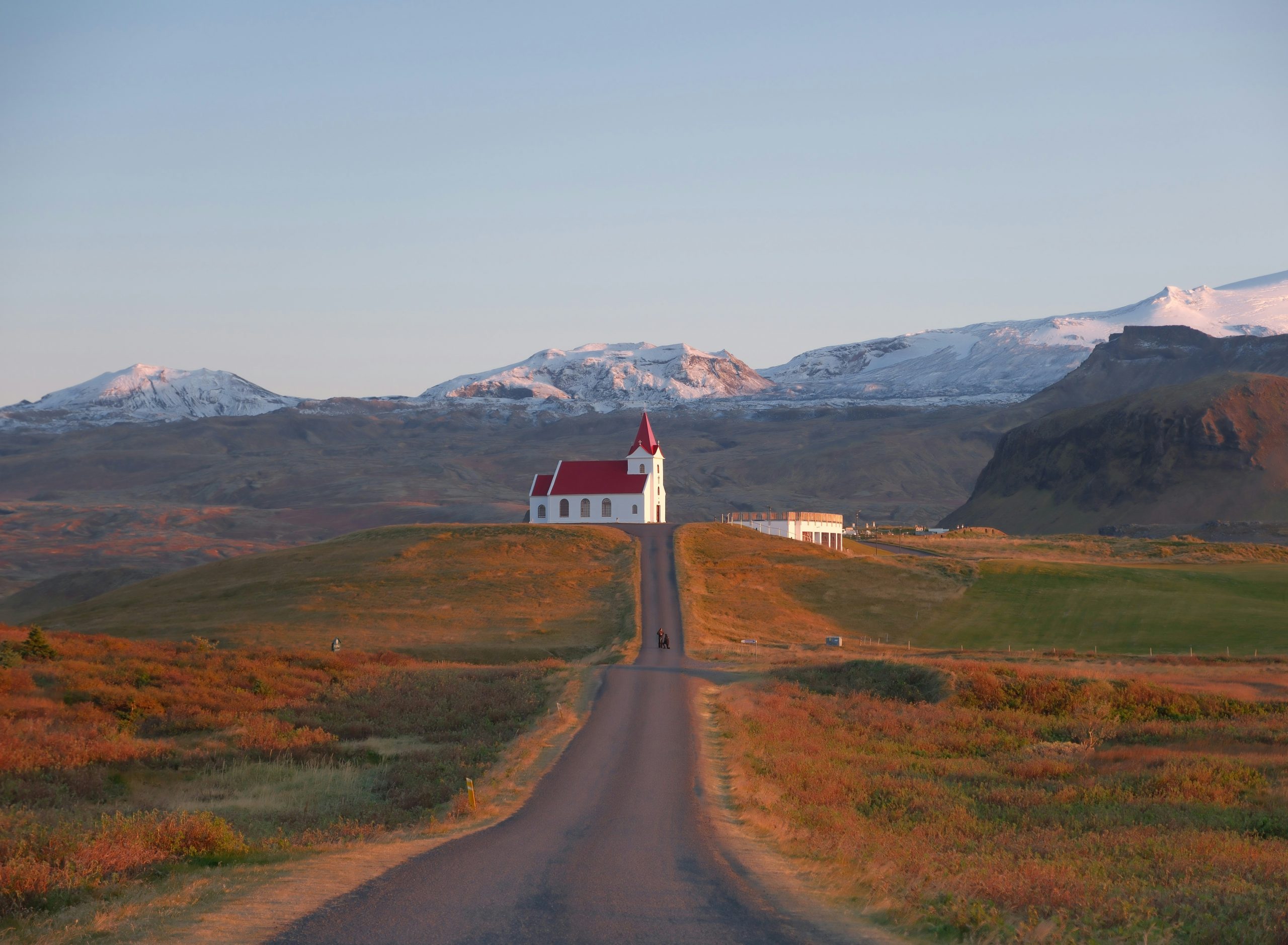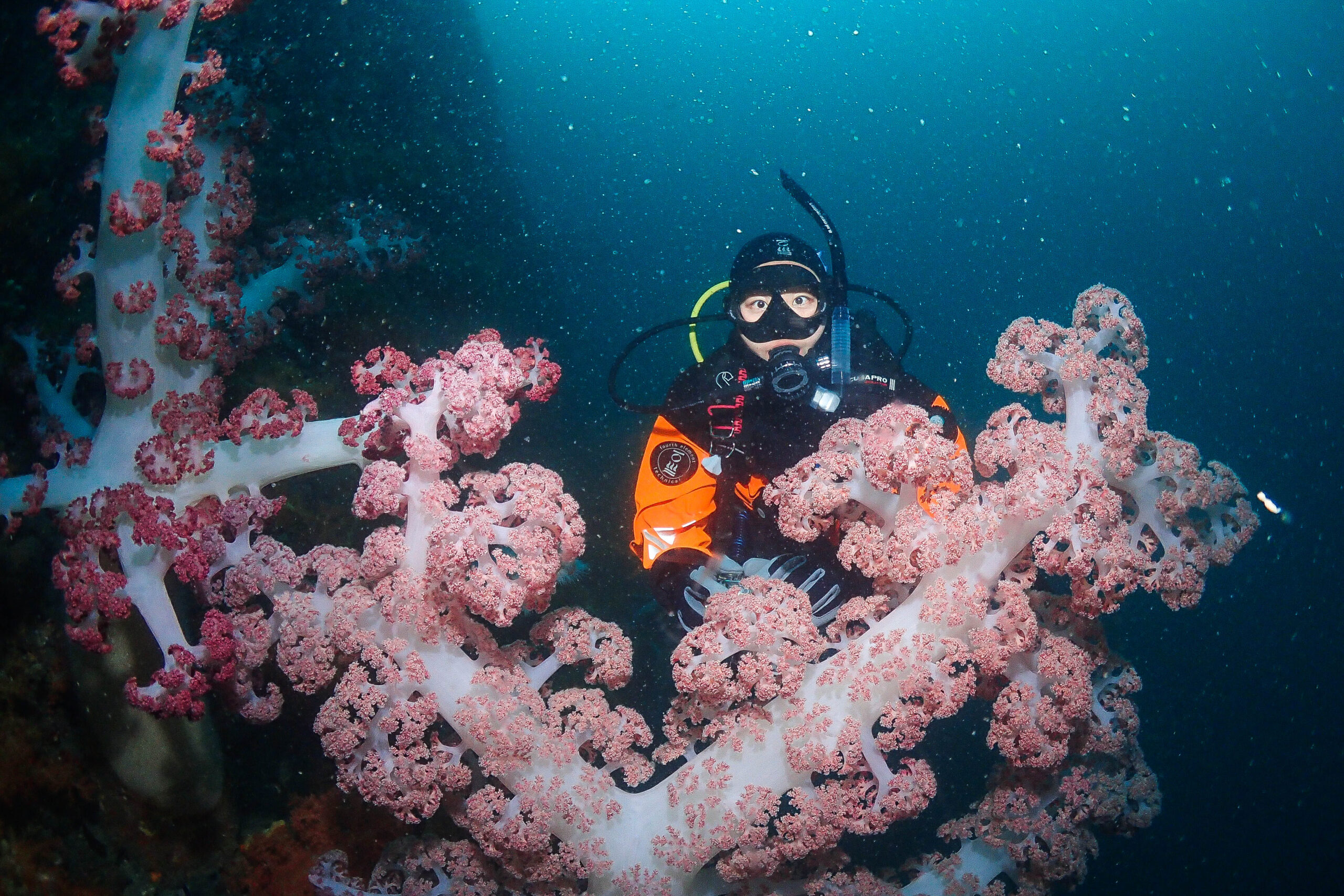There are places where silence feels sacred. Not heavy or sad, but places that give a deep sense of vitality. Père Lachaise Cemetery is one such place.

I arrived at the cemetery on a warm Parisian morning in the early days of summer. It was the kind of morning when the light softened everything. After a short metro ride from the city center, I found myself at the entrance to one of the world’s most famous cemeteries. However unlike most visitors I had come here for a specific purpose.


The main reason I visited Père Lachaise was to connect with a piece of revolutionary history: the Paris Commune of 1871. After reading a few articles about the Mur des Fédérés , I wanted to see it for myself.
It is a terrifying place where the last 147 fighters of the Commune were executed by firing squad. It stood quietly and modestly at the easternmost end of the cemetery.

But what happened next really surprised me. I discovered a world beyond the history books.
As I began to explore the cemetery, I quickly realized that Père Lachaise was not just one story.
A museum of memories and lives carved in stone. What began as a political pilgrimage turned into something much more personal. A journey through art, music, literature, and loss.


Père Lachaise was established in 1804 under Napoleon’s rule. Initially considered too remote, the situation changed when the graves of Molière and La Fontaine were moved here. A trend of burial among the elite began.
Today, the cemetery, which spans 44 hectares and houses more than 70,000 graves, has become an open-air museum reflecting French and world history over the centuries.


Many legendary names lie in deep slumber among the winding cobblestone streets and moss-covered gravestones. For example, Oscar Wilde, Jim Morrison, Molière, Frédéric Chopin…
And then there are thousands of nameless, unknown Parisians. Each has their own story, their own echo in this stone city.


Père Lachaise is not a gloomy cemetery. It is a living place. I saw cats basking in the sun on the graves, families tending to the graves, lovers walking hand in hand, and tourists sketching the statues. Birds were singing above my head. And despite all the history and death, it was an extremely peaceful place.
If you want to come here, be sure to bring a map or download one to your phone. The cemetery is very large. It’s worth setting aside at least 2-3 hours. Don’t rush. This is not just a place to check names, but to observe slowly.


Travel is often about chasing sights, but places like Père Lachaise offer something different. A moment to stop and reflect. An opportunity to understand that history is not only found in museums or books, but also in the ground beneath our feet.
I came to search for the Paris Commune and found a cemetery that tells thousands of stories. And I left feeling more connected not just to Paris, but to the people who shaped it.
Good Day











